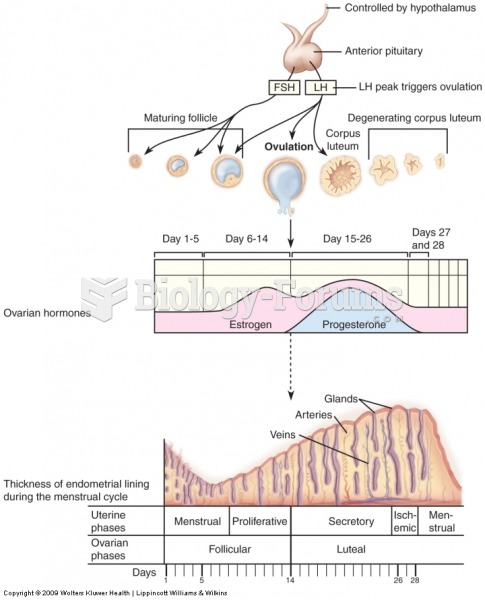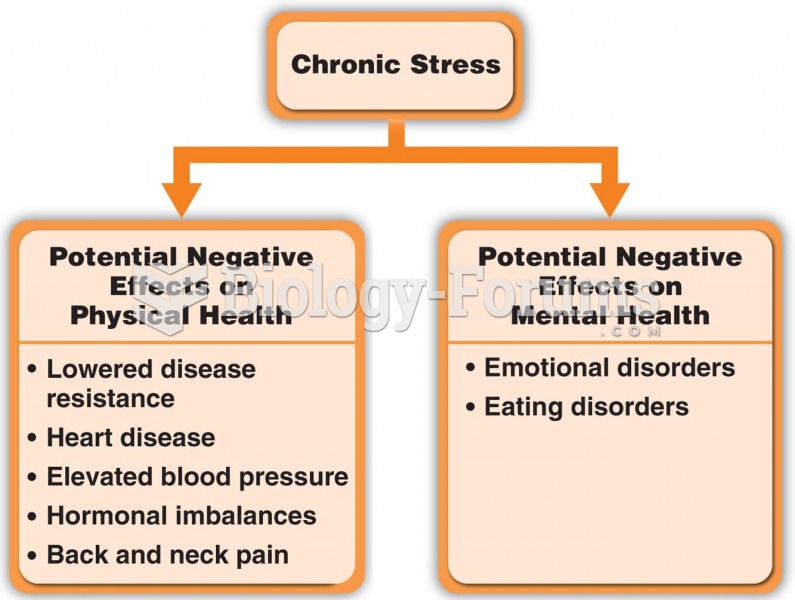|
|
|
Atropine was named after the Greek goddess Atropos, the oldest and ugliest of the three sisters known as the Fates, who controlled the destiny of men.
Many medications that are used to treat infertility are injected subcutaneously. This is easy to do using the anterior abdomen as the site of injection but avoiding the area directly around the belly button.
The most destructive flu epidemic of all times in recorded history occurred in 1918, with approximately 20 million deaths worldwide.
As of mid-2016, 18.2 million people were receiving advanced retroviral therapy (ART) worldwide. This represents between 43–50% of the 34–39.8 million people living with HIV.
More than 20 million Americans cite use of marijuana within the past 30 days, according to the National Survey on Drug Use and Health (NSDUH). More than 8 million admit to using it almost every day.
 Freedom House is a nonprofit institution that uses several different factors to rank countries based
Freedom House is a nonprofit institution that uses several different factors to rank countries based
 Postoperative hyperphagia and obesity in a rat with bilateral VMH lesions. (Based on Teitelbaum, ...
Postoperative hyperphagia and obesity in a rat with bilateral VMH lesions. (Based on Teitelbaum, ...





